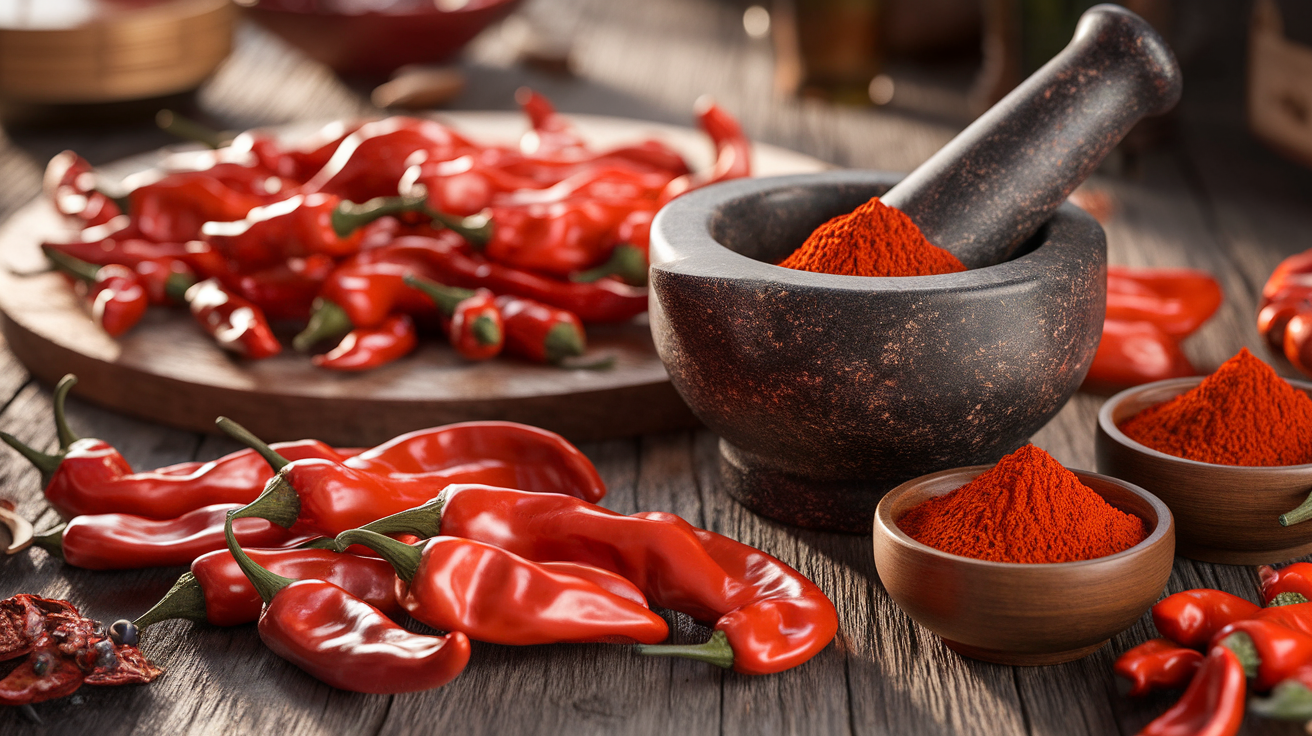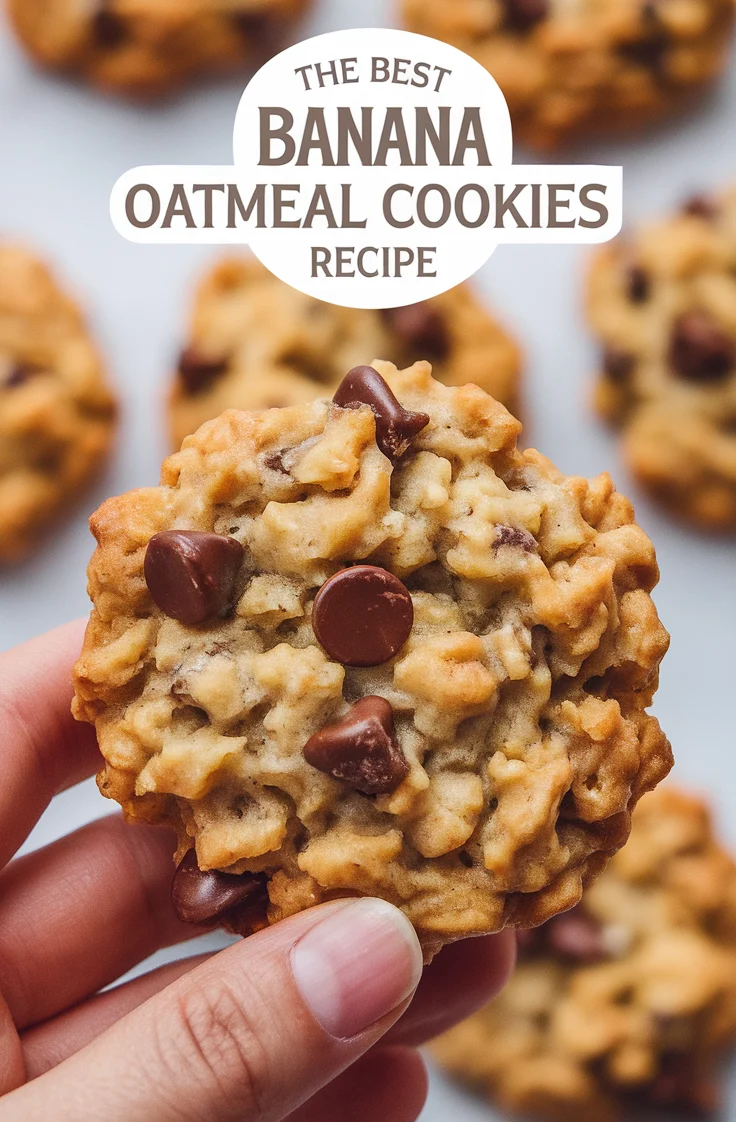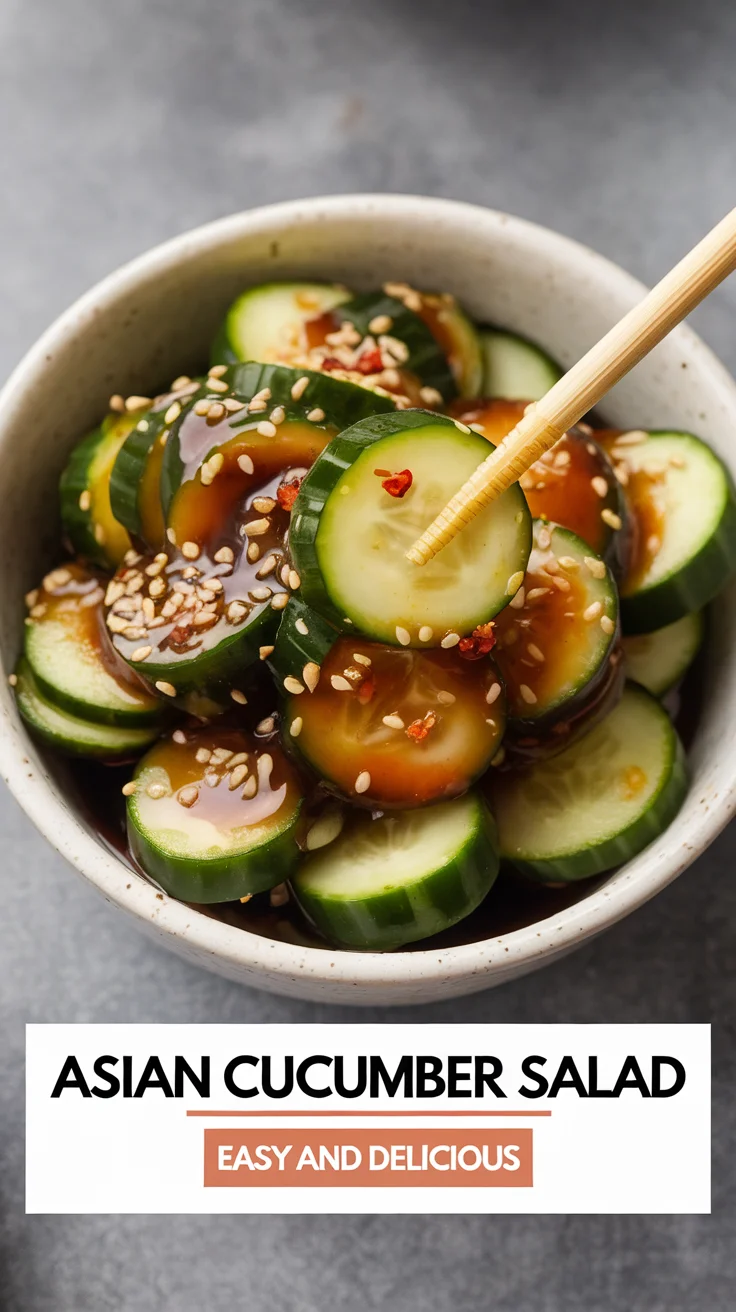The Ultimate Guide to DIY Spices, Paprika Recipes, and Crafting the Perfect Seasoning and Spice Blend
If you’re the kind of cook who loves to personalize your spice rack, you’re going to fall in love with making your own homemade smoked paprika. This iconic red powder isn’t just beautiful—it’s deeply flavorful, grounding dishes with subtle sweetness, mild heat, and earthy smokiness.
Instead of buying yet another spice jar from the grocery store that’s lost its potency on the shelf, why not make your own vibrant, deeply aromatic paprika pepper powder from scratch?
In this comprehensive guide, you’ll discover everything you need to know about smoked paprika: how it’s made, how to make it at home, how to store it, and how to use it in bold and delicious paprika recipes. Plus, you’ll get ideas for homemade dry mixes, creative spice blend recipes, and tips for building your homemade pantry full of DIY spices that pack a punch.
🧂 What Is Smoked Paprika?
Smoked paprika, also called pimentón in Spain, is made from sweet or hot red peppers that are dried, smoked over wood, and ground into a fine powder. Unlike regular sweet paprika (which is simply air-dried), smoked paprika gains complexity from the hardwood smoke, typically oak.
You’ll commonly see three types:
- Sweet smoked paprika (Pimentón Dulce) – mild and earthy
- Bittersweet smoked paprika (Pimentón Agridulce) – medium heat, layered taste
- Hot smoked paprika (Pimentón Picante) – spicy and smoky
This spice is a staple in Spanish cuisine—essential in chorizo, paella, patatas bravas—and is now beloved around the world in soups, stews, marinades, roasted vegetables, meat rubs, and even vegan dishes.
🌶️ The Best Peppers for Smoked Paprika
The first step in making smoked paprika is selecting the right paprika pepper. The peppers you choose will directly affect the heat level, sweetness, and final flavor of your spice.
Ideal Peppers for Paprika:
- Red Bell Peppers – Sweet and mild; great for gentle smoky paprika
- Hungarian Paprika Peppers – Traditional for classic paprika
- Spanish Ñora or Piquillo Peppers – Used for authentic Spanish-style smoked paprika
- Guajillo or Pasilla Peppers – Mildly spicy, rich flavor for a complex profile
- Cayenne or Chili Peppers – For hot varieties
🍃 Tip: Grow your own peppers or visit local markets for organic, ripe, red peppers—these will yield the best color and flavor for your homemade spice mix.
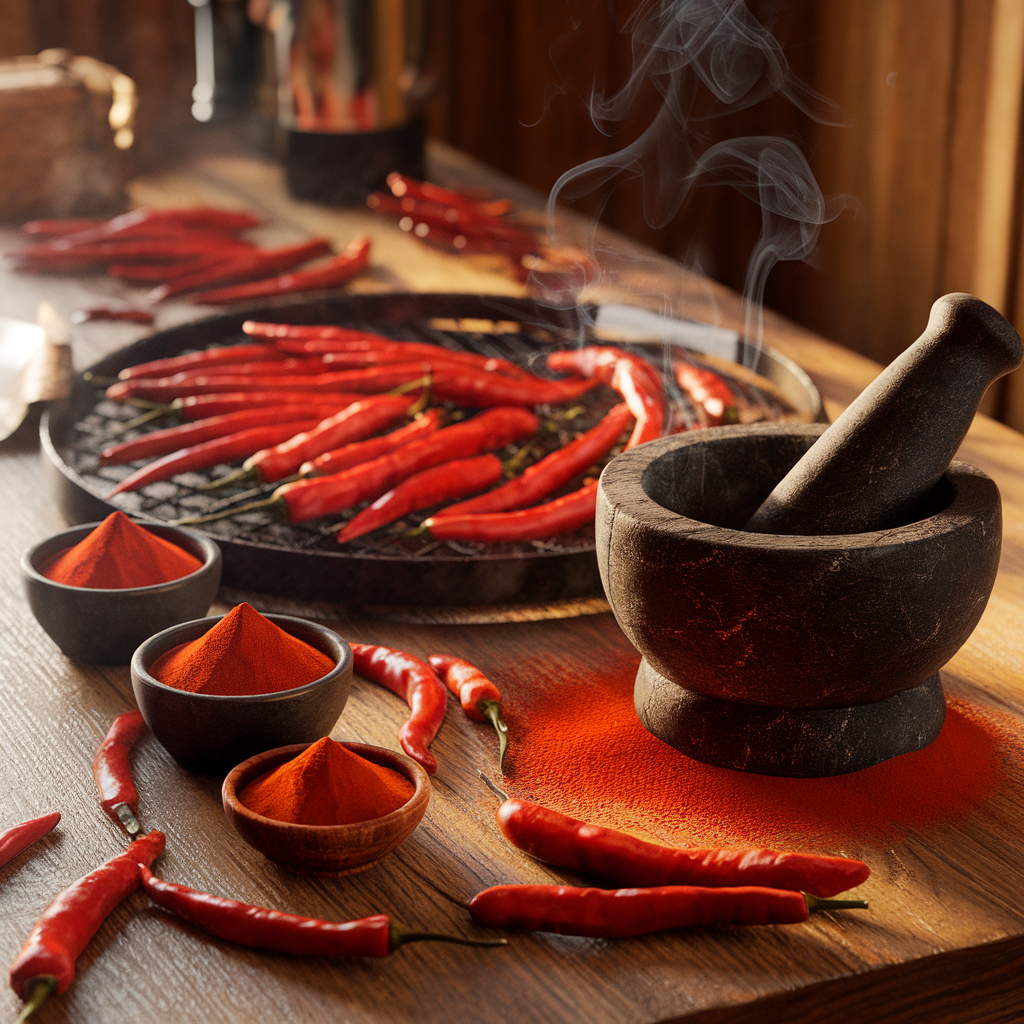
🔥 How to Make Homemade Smoked Paprika
This DIY project takes some time, but the flavor payoff is well worth it. Here’s your complete step-by-step process.
📝 Ingredients:
- Fresh red peppers (4–5 large peppers for ½ cup smoked paprika)
- Hardwood chips (oak is traditional; applewood or hickory also work well)
🛠️ Equipment:
- Smoker or charcoal grill
- Dehydrator or oven
- Knife and cutting board
- Spice grinder or mortar and pestle
- Fine mesh sieve (optional)
- Airtight container for storage
Step 1: Clean and Prep the Peppers
- Wash and dry your peppers thoroughly.
- Remove stems and slice peppers in half. Remove seeds and white membranes unless you want added heat.
- Optional: lightly roast the peppers in the oven to jumpstart drying and enhance the sugars.
Step 2: Smoke the Peppers
- Set up your smoker or grill for indirect smoking at low heat (~200°F / 93°C).
- Soak hardwood chips in water for 30 minutes, then place them in your smoker or wrapped in foil with holes on the grill.
- Arrange pepper halves skin-side down on a rack above the smoke.
- Smoke for 2–3 hours, turning occasionally.
🌬️ The goal is to infuse the peppers with smoke—not to cook them completely.
Step 3: Dry the Smoked Peppers
Once your peppers are smoked, they still need to be dehydrated until crisp and brittle.
Option A: Dehydrator
- Place smoked peppers in a dehydrator at 125°F (52°C).
- Dry for 8–12 hours or until they snap easily.
Option B: Four
- Set oven to its lowest setting (150–170°F).
- Place peppers on a rack and dry for 6–8 hours, propping oven door slightly open to allow moisture to escape.
🔄 Rotate every hour or so to ensure even drying.
Step 4: Grind the Peppers
- Once dried, break the peppers into smaller pieces.
- Use a spice grinder ou mortar and pestle to grind into a fine powder.
- For a silky texture, pass the ground paprika through a fine sieve.
Step 5: Store Your Homemade Smoked Paprika
Transfer the ground paprika into an airtight glass jar or spice container. Label with the date and pepper variety.
📦 Storage Tip: Store in a dark, cool cupboard to preserve color and flavor.
📅 Shelf Life: 6–12 months before flavor starts to fade.
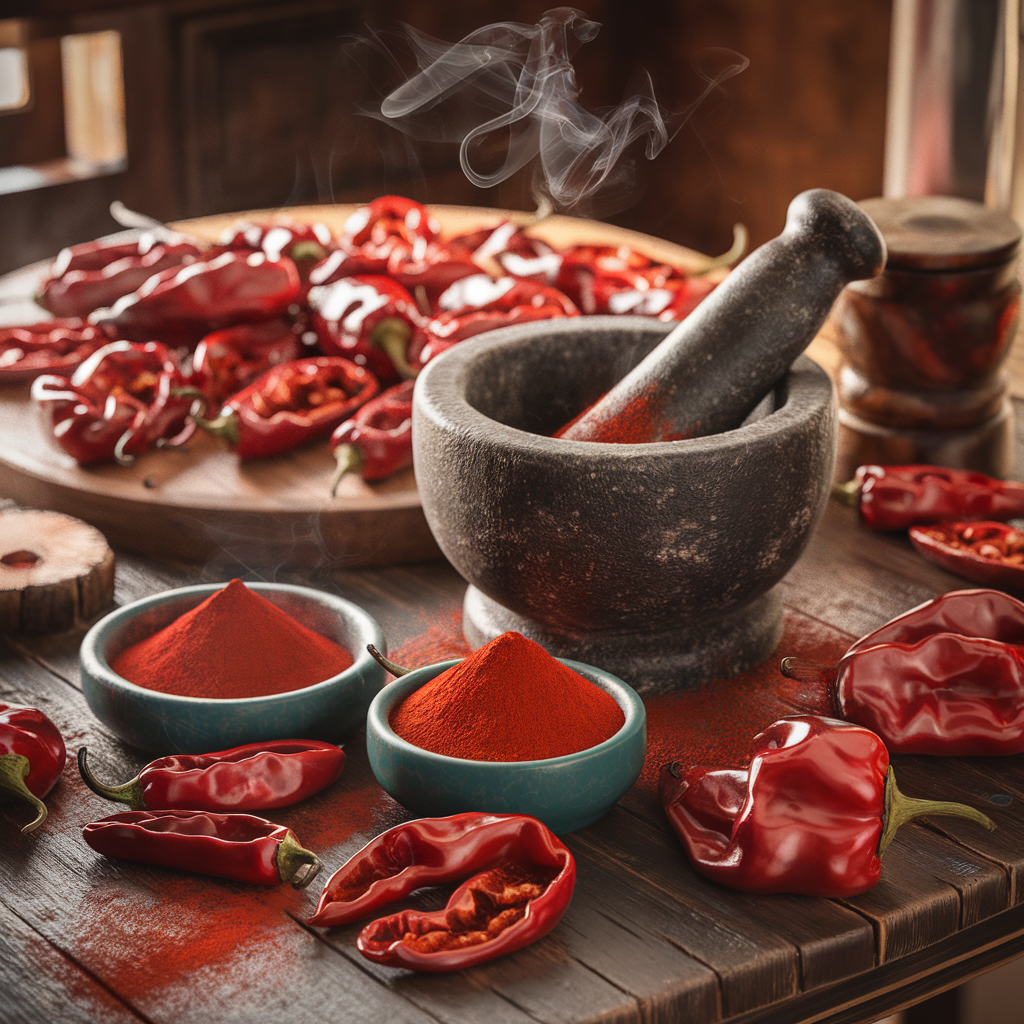
🧂 How to Use Smoked Paprika in Recipes
Once you’ve made your own batch of smoked paprika, the possibilities are endless! This spice brings a deep, savory character to a variety of dishes.
🌟 Popular Uses:
- Roasted vegetables (cauliflower, sweet potatoes, carrots)
- Rubs for chicken, pork, beef, or tofu
- Homemade dips (aioli, hummus, or yogurt sauces)
- Seasoning roasted chickpeas or nuts
- Egg dishes like deviled eggs or shakshuka
- Spanish stews, bean dishes, and paella
🍛 Paprika Recipes You’ll Love
Let’s put your smoked paprika to good use. Here are some flavor-packed dishes where it shines:
🥘 Smoked Paprika Chicken Thighs
Marinate chicken in olive oil, garlic, lemon, smoked paprika, and herbs. Bake or grill until golden.
🍲 Spanish Chickpea and Spinach Stew
Sauté onions, garlic, and tomatoes with smoked paprika. Add chickpeas, spinach, and simmer for a hearty vegan stew.
🥔 Crispy Paprika Roasted Potatoes
Toss chopped potatoes with olive oil, rosemary, sea salt, and smoked paprika. Roast until crispy and golden.
🍳 Spicy Paprika Egg Scramble
Scramble eggs with sautéed onions, spinach, feta, and a dusting of smoked paprika for breakfast with kick.
🧂 Spice Blend Recipes Featuring Smoked Paprika
Smoked paprika is a cornerstone of many homemade dry mixes et spice blend recipes. Here are a few favorites to stock your homemade pantry:
1. Smoky Taco Seasoning
- 1 tbsp smoked paprika
- 1 tbsp chili powder
- 1 tsp cumin
- 1 c. à thé de poudre d'ail
- 1 c. à thé de poudre d'oignon
- ½ tsp oregano
- ½ tsp salt
- Pinch of cayenne
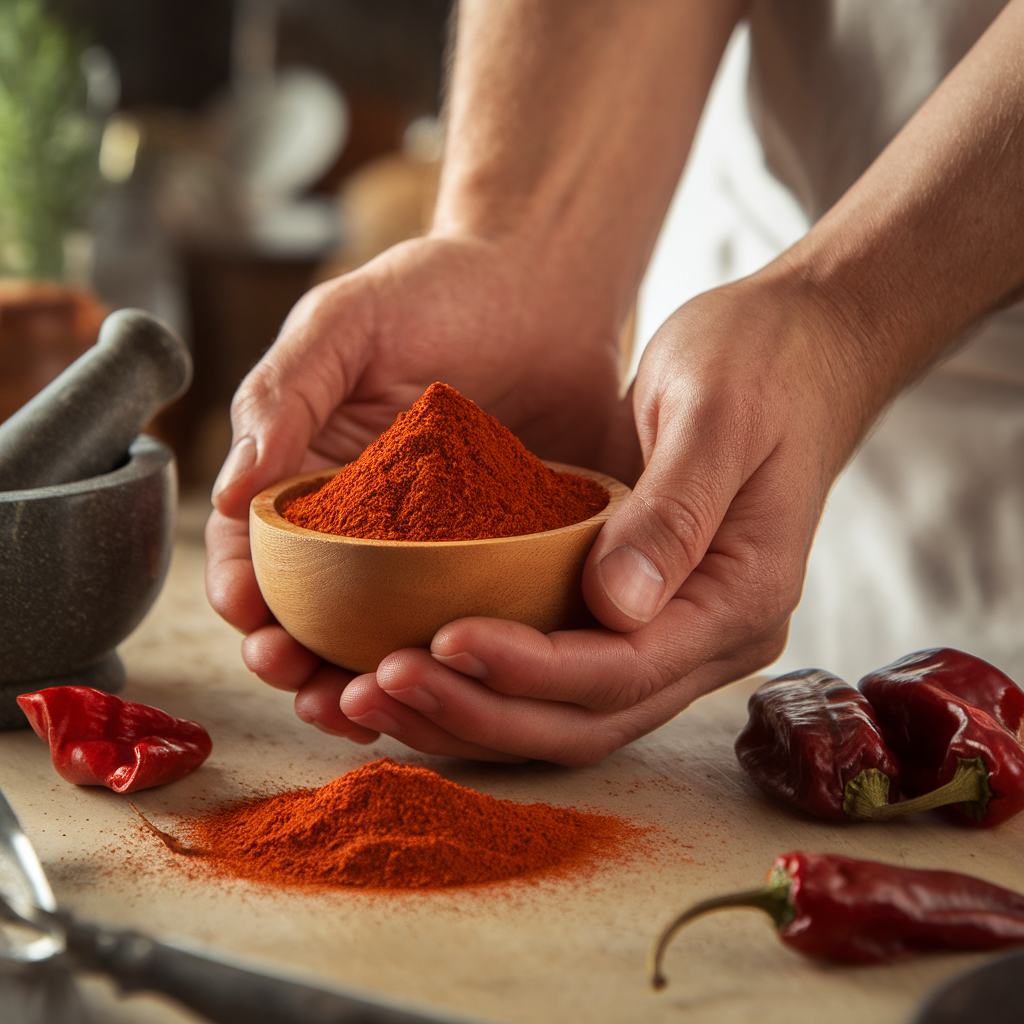
2. BBQ Spice Rub
- 2 tbsp smoked paprika
- 1 tbsp brown sugar
- 1 tbsp garlic powder
- 1 c. à thé de poivre noir
- 1 tsp dry mustard
- ½ tsp cayenne
- Sel au goût
3. Mediterranean Grill Blend
- 1 tbsp smoked paprika
- 2 tsp dried thyme
- 1 tsp ground coriander
- 1 tsp lemon zest
- 1 tsp sea salt
- ½ tsp turmeric
🧠 Health Benefits of Smoked Paprika
This isn’t just a flavor bomb — it’s good for you, too.
- 🫀 Antioxidant-Rich: Loaded with carotenoids, especially capsanthin, which supports eye and heart health.
- 💪 Anti-Inflammatory: Capsaicin may help reduce inflammation and joint pain.
- 🧬 Vitamin Powerhouse: Contains vitamins A, E, and B6.
- 🍽️ Appetite Booster: Adds complexity and richness to food without needing excess salt or fat.
👩🍳 Pro Tips for DIY Spices and Homemade Seasoning
- Grind Small Batches: Ground spices lose potency over time. Grind what you’ll use within 2–3 months.
- Mix with Care: When making a homemade spice mix, balance smoked paprika with herbs, citrus zest, or sweetness for contrast.
- Toast First: For deeper flavor, toast your smoked paprika in a dry pan for 30 seconds before using.
- Keep It Cool & Dark: Heat and light are the enemies of vibrant spice.
🌿 Beyond Paprika: Expand Your Homemade Pantry
If you enjoyed making your own smoked paprika, consider exploring other DIY spices et seasoning and spice mixes. Build a spice shelf tailored to your taste:
- Curry Powder
- Italian Herb Mix
- Za’atar
- Herbes de Provence
- Ras el Hanout
- Lemon Pepper Seasoning
- Chili-Lime Salt
Label each jar, date it, and build your personalized flavor arsenal.
📝 Final Thoughts
Homemade smoked paprika is more than a spice — it’s a kitchen experience. From picking the perfect peppers to the sweet scent of wood smoke and the vibrant color of freshly ground powder, this process connects you to the roots of flavor. Whether you’re adding it to a smoky stew, a bold rubou un simple vegetable dish, your dishes will carry a depth that only homemade can deliver.
Add it to your collection of homemade dry mixes, blend it with other spices to create signature rubs, and enjoy the satisfaction of crafting your own seasoning and spice solutions from scratch. With just a few tools and a little time, you’ll turn your kitchen into a flavor lab and take your meals to the next level.
